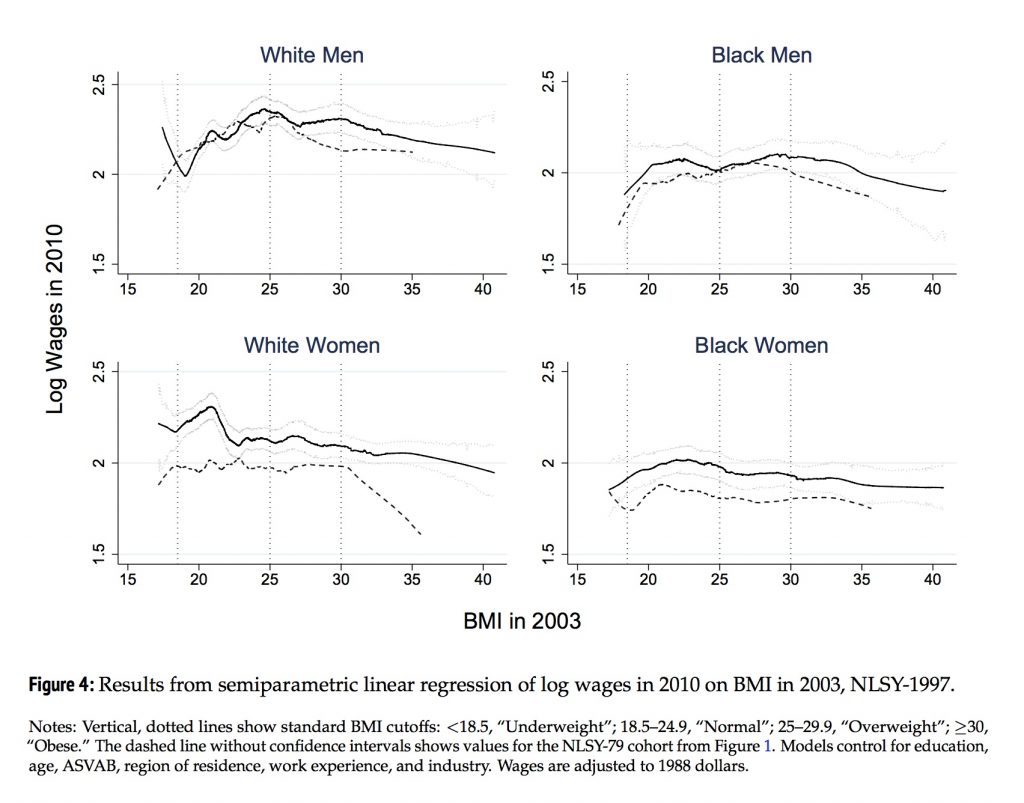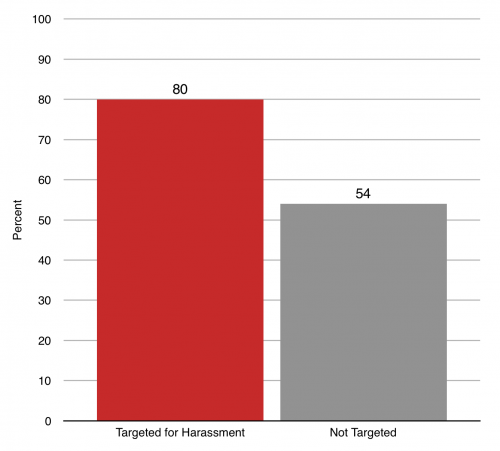In February, CBS Sunday Morning aired a short news segment on the bro hug phenomenon: a supposedly new way heterosexual (white) men (i.e., bros) greet each other. According to this news piece, the advent of the bro hug can be attributed to decreased homophobia and is a sign of social progress.
I’m not so sure.
To begin, bro-ness isn’t really about any given individuals, but invokes a set of cultural norms, statuses, and meanings. A stereotypical bro is a white middle-class, heterosexual male, especially one who frequents strongly masculinized places like fraternities, business schools, and sport events. (The first part of the video, in fact, focused on fraternities and professional sports.) The bro, then, is a particular kind of guy, one that frequents traditionally male spaces with a history of homophobia and misogyny and is invested in maleness and masculinity.
The bro hug reflects this investment in masculinity and, in particular, the masculine performance in heterosexuality. To successfully complete a bro hug, the two men clasp their right hands and firmly pull their bodies towards each other until they are or appear to be touching whilst their left hands swing around to forcefully pat each other on the back. Men’s hips and chests never make full contact. Instead, the clasped hands pull in, but also act as a buffer between the men’s upper bodies, while the legs remain firmly rooted in place, maintaining the hips at a safe distance. A bro hug, in effect, isn’t about physical closeness between men, but about limiting bodily contact.
Bro hugging, moreover, is specifically a way of performing solidarity with heterosexual men. In the CBS program, the bros explain that a man would not bro hug a woman since a bro hug is, by its forcefulness, designed to be masculinity affirming. Similarly, a bro hug is not intended for gay men, lesbians, or queer people. The bro hug performs and reinforce bro identity within an exclusively bro domain. For bros, by bros. As such, the bro hug does little to signal a decrease in homophobia. Instead, it affirms men’s identities as “real” men and their difference from both women and non-heterosexual men.
In this way, the bro-hug functions similarly to the co-masturbation and same-sex sexual practices of heterosexually identified white men, documented by the sociologist Jane Ward in her book, Not Gay. Ward argues that when straight white men have sex with other straight white men they are not necessarily blurring the boundaries between homo- and heterosexuality. Instead, they are shifting the line separating what is considered normal from what is considered queer. Touching another man’s anus during a fraternity hazing ritual is normal (i.e., straight) while touching another man’s anus in a gay porn is queer. In other words, the white straight men can have sex with each other because it is not “real” gay sex.
Similarly, within the context of a bro hug, straight white men can now bro hug each other because they are heterosexual. Bro hugging will not diminish either man’s heterosexual capital. In fact, it might increase it. When two bros hug, they signal to others their unshakable strength of and comfort in their heterosexuality. Even though they are touching other men in public, albeit minimally, the act itself reinforces their heterosexuality and places it beyond reproach.
Hubert Izienicki, PhD, is a professor of sociology at Purdue University Northwest.






